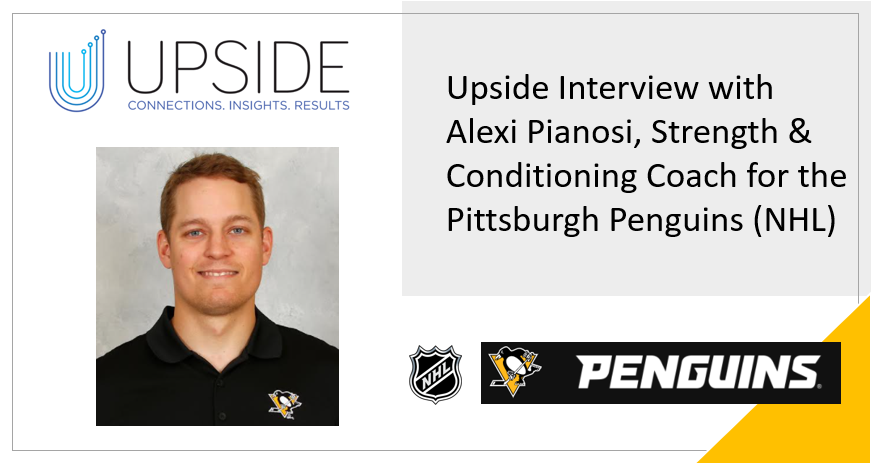This week we had the honor to interview Alexi Pianosi, the strengths and conditioning coach for the Pittsburgh Penguins, a leading NHL team. ? Show Notes: Through this conversation Great we touched on his background, his role at the Penguins, as well as the impact of COVID. We also…
Share This Story, Choose Your Platform!
Total reviews
Persons recommended this product
Anonymous
Shopper
check_circle Verified
Shop owner replied
Anonymous
Shopper
check_circle Verified
Shop owner replied
Thanks for your review!
Your feedback helps us improve our service.
There are no reviews yet.
Be the first to review “ ”
Please log in to submit a review.
Don't have an account? Register here .
Only logged in customers who have purchased this product may leave a review



